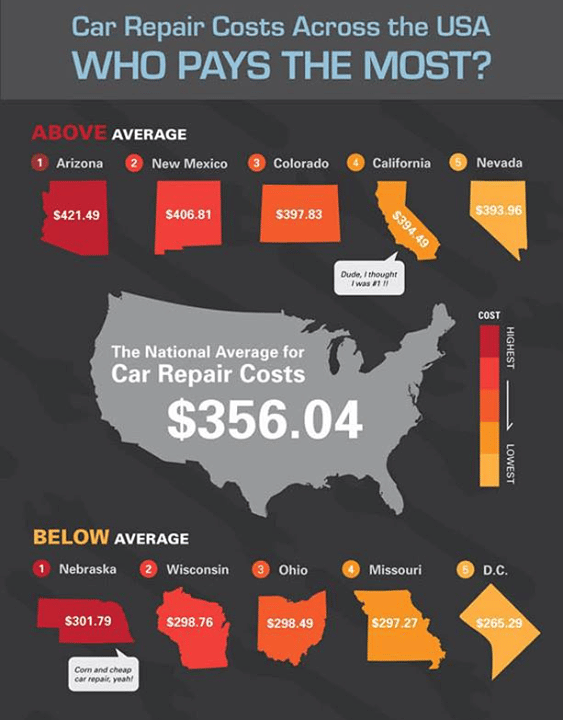Familiarize Yourself With The Control Panel Caution Lights In Your Auto To Prioritize The Health And Safety Of Your Automobile
Familiarize Yourself With The Control Panel Caution Lights In Your Auto To Prioritize The Health And Safety Of Your Automobile
Blog Article
Short Article Author-Cummings Heath
When you lag the wheel, those glowing caution lights on your control panel can be a little bit difficult. Do you recognize what they're attempting to inform you about your auto's health and wellness? Comprehending the significance of these lights is important for your safety and the longevity of your vehicle. So, the next time among those lights pops up, would not you want to understand its message accurately and take the essential steps to address it?
Common Caution Lighting and Interpretations
Identify usual warning lights in your cars and truck and recognize their meanings to ensure safe driving.
One of the most normal caution lights consist of the check engine light, which signifies issues with the engine or discharges system. If this light comes on, it's important to have your car examined promptly.
The oil stress warning light shows reduced oil pressure, needing instant interest to prevent engine damage.
A blinking battery light might suggest a malfunctioning charging system, possibly leaving you stranded if not addressed.
The tire stress surveillance system (TPMS) light informs you to low tire pressure, influencing car stability and fuel effectiveness. Ignoring this could lead to hazardous driving problems.
The ABS light indicates a problem with the anti-lock stopping system, endangering your capability to quit swiftly in emergencies.
Lastly, the coolant temperature warning light warns of engine overheating, which can result in extreme damage if not settled promptly.
Understanding these typical caution lights will certainly aid you resolve issues quickly and preserve risk-free driving problems.
Relevance of Prompt Focus
Understanding the typical caution lights in your cars and truck is just the primary step; the importance of without delay addressing these cautions can't be highlighted enough to guarantee your safety and security when traveling.
When a caution light brightens on your dashboard, it's your cars and truck's means of connecting a prospective problem that requires interest. Disregarding see this here can cause a lot more serious problems later on, endangering your safety and security and potentially costing you much more in repairs.
Trigger attention to cautioning lights can protect against break downs and accidents. For example, a flashing check engine light could indicate a misfire that, if left unattended, could trigger damage to the catalytic converter. Addressing this quickly can save you from a pricey repair work.
Similarly, a brake system alerting light could signify low brake liquid or used brake pads, vital elements for your safety and security when driving.
DIY Troubleshooting Tips
If you notice a caution light on your control panel, there are a couple of DIY troubleshooting ideas you can try before seeking professional aid.
The first step is to consult your vehicle's manual to comprehend what the specific caution light shows. Sometimes read this post here can be as simple as a loose gas cap setting off the check engine light. Tightening up the gas cap might fix the trouble.
An additional common concern is a reduced battery, which can trigger numerous cautioning lights. Inspecting the battery links for corrosion and ensuring they're protected may deal with the problem.
If a caution light persists, you can attempt resetting it by separating the automobile's battery for a couple of mins and then reconnecting it. Additionally, inspecting your automobile's fluid degrees, such as oil, coolant, and brake fluid, can help troubleshoot cautioning lights connected to these systems.
Final thought
In conclusion, recognizing your car's caution lights is necessary for keeping your vehicle running smoothly and securely. By quickly attending to these signals and understanding what they mean, you can avoid expensive repairs and potential failures.
Remember to consult your auto's handbook for particular details on each alerting light and take action appropriately to make sure a hassle-free driving experience.
Remain notified, remain safe when driving!
